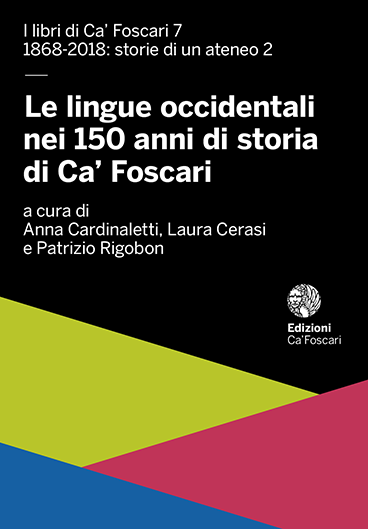- search 474 views
- file_download 45 download
- keyboard_capslock metadata
-
mark_email_readIscriviti alla newsletter
Le pietre di Ca’ Foscari: Ruskin e il Palazzo
abstract
Our contribution concerns a phase in the history of the building that gives the University its name. When Ruskin came to Venice in 1845 he was horrified by the decayed state of the palaces on the Grand Canal, and by the drastic restorations in progress. In recording their features in measurements, drawings and daguerreotypes, Ca’ Foscari took priority, and his studies of its traceries constitute a unique witness. This work also helped generate new ideas on the role of shadow in architectural aesthetic, and on the characteristics of Gothic, which were to bear fruit in The Seven Lamps and The Stones of Venice. In his late guide to the city, St Mark’s Rest, Ruskin addressed «the few travellers who still care for her monuments» and offered the Venetian Republic’s laws regulating commerce as a model for modern England. Whether or not he knew of the founding of a commercial studies institute at Ca’ Foscari in 1868, he would certainly have hoped that it would teach principles of fair and just trading, as well as of respectful tourism.
Keywords: Gothic architecture • The Stones of Venice • Decay • Restoration • Palazzo Foscari • John Ruskin • The Seven Lamps of Architecture





